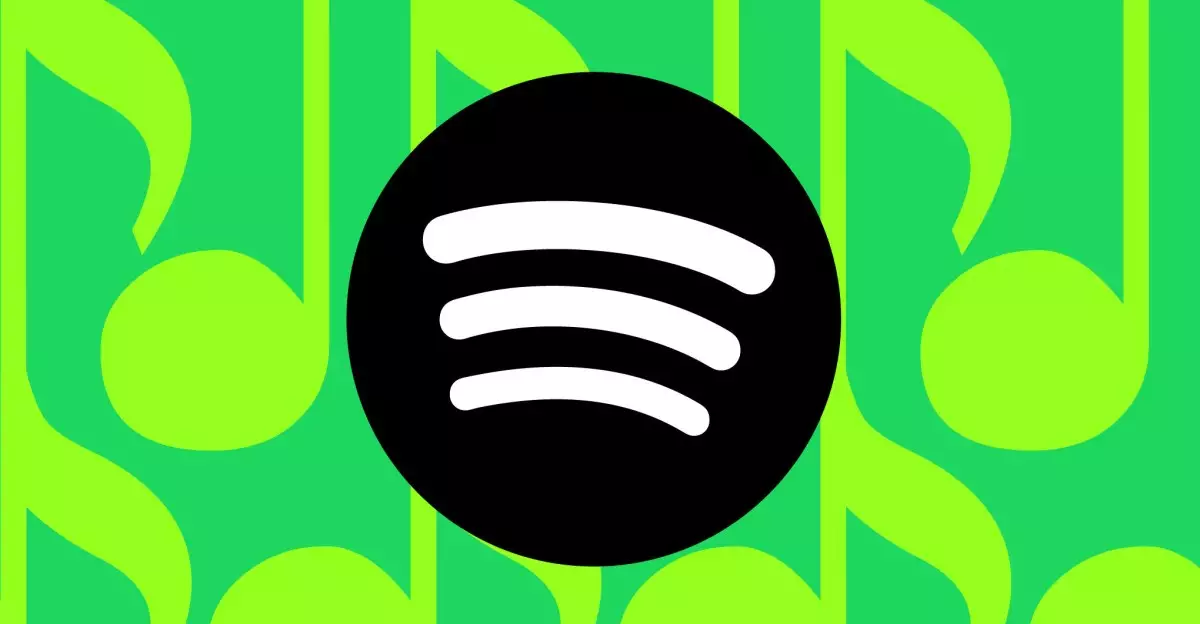In early 2021, Spotify made waves by announcing its HiFi feature, a premium experience aimed at audiophiles craving lossless audio streaming. The announcement ignited excitement among music enthusiasts and set the stage for Spotify’s ambition to redefine the music streaming landscape. Fast forward nearly four years, and the anticipation around this feature has turned into a complex saga filled with delays, speculation, and strategic reorientations. Although Spotify has hinted at a launch sometime in 2025, the path leading to this moment is fraught with challenges that the company must navigate carefully to fulfill its vision.
One significant issue has been Spotify’s struggle to secure the necessary licensing agreements with major record labels, which has thwarted its rollout. Unlike competitors such as Apple Music and Amazon Music, who successfully introduced lossless audio without any additional costs, Spotify’s HiFi feature was inherently tied to a price increase. This pricing strategy may have led to its prolonged stagnation, especially as users became accustomed to quality audio experiences elsewhere.
The fierce competition in the streaming industry has played a pivotal role in Spotify’s decision-making process. Apple Music and Amazon Music have aggressively expanded their offerings, which has pressured Spotify to reevaluate its strategy. By opting to charge for HiFi, Spotify faced the risk of alienating customers who found similar features at no extra cost on rival platforms. This situation has compelled Spotify to not merely adapt but to innovate, leading the service to pivot attention from just high-fidelity audio to a more inclusive ‘Music Pro’ offering.
Music Pro represents a shift in Spotify’s strategy, moving beyond exclusive audio quality. Details remain scarce, but preliminary reports suggest that the add-on could feature a suite of tools that enhance the user experience, from early concert ticket access to DJ remixing capabilities. Such a comprehensive upgrade reflects Spotify’s desire to differentiate itself and maintain user loyalty in an increasingly saturated market.
A key challenge facing Spotify is deciphering what today’s music listeners actually want. While Spotify’s HiFi feature promised high-quality audio, there is growing evidence that many users do not prioritize audio fidelity as much as convenience, catalog size, or added features. The perception that higher-bitrate music streams offer significant benefits is debatable; many listeners may not possess the appropriate equipment to appreciate such distinctions fully. This presents a conundrum for Spotify: while high-quality audio may entice a niche market, a broader offering tailored to the average listener could ultimately drive stronger sustained growth.
As Spotify gears up for the anticipated launch of Music Pro, user feedback is playing a crucial role in shaping the direction of the service. Reports indicate that potential features such as advanced audio optimization and fun extras like karaoke mode are being explored based on user surveys. This collaborative approach could empower users to feel more ownership over their listening experience, enhancing customer loyalty as a result.
Even as Spotify appears to position itself for a promising future with the Music Pro add-on, the service must remain alert and innovative to fend off relentless competition. CEO Daniel Ek’s initiatives to “double down on music in 2025” speak to a commitment to enhancing the core experience but also raise expectations among potential customers. If executed successfully, the Music Pro launch could unlock new avenues for growth and profitability, but if disappointment arises from unmet expectations or lack of persuasive features, it could impair Spotify’s long-standing reputation as the go-to platform for music streaming.
Moreover, the company’s decision to charge an additional fee for Music Pro reflects a broader trend within the streaming industry to monetize enhanced features. Monthly fees range upwards of $5 to $6 on top of the existing subscription, which, although potentially justifiable to the hardcore audiophile, may be met with hesitance among casual users who already face subscription fatigue across multiple platforms.
As 2025 approaches, Spotify stands at a crossroads, balancing innovation, user engagement, and competitive pressures. With Music Pro poised to debut alongside the long-awaited HiFi feature, the company must continue listening to user feedback and adapting to ever-evolving market dynamics. Whether Spotify can successfully harness its vast resources and loyal user base to redefine its offerings will ultimately shape its future. For those who’ve been speculating about Spotify’s destiny, one thing is certain: the evolution of streaming is a narrative still being written, and Music Pro could be the next significant chapter in that story.

